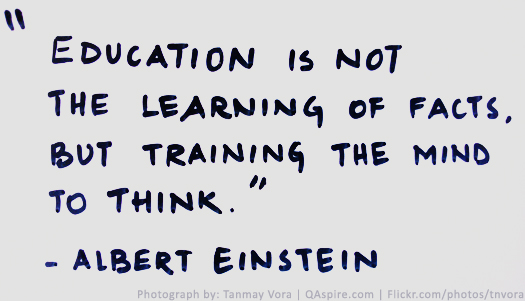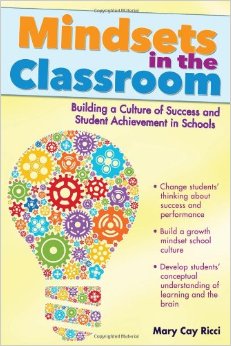Why is critical thinking important in a growth mindset class culture?
Daniel Willingham (2008), professor of cognitive psychology at the University of Virginia, shared the three types of critical thinking: reasoning, making judgments/decisions, and problem solving. Everyday we reason, problem solve, and make decisions, but they do not always require critical thought.
Critical thinking is a process that must be infused with the content; it is not something that you can just check off a list once it is mastered. We want to start thinking about critical thinking as a process of strategies that can be applied to a myriad of situations rather then a set of skills. Providing students with opportunities to develop their cognitive abilities through critical experiences impacts the child's view and contributes to a growth mindset.

Chapter 4 describes a project that was conducted to improve critical thinking experiences in schools with high poverty and low achievement.
The project involved six Title 1 schools, a total of 53 classrooms in 2nd and 3rd grade and their teachers. Professional development highlighted places where critical thinking processes were already embedded in their curriculum (Common Core State Standards). Professional development for the first year of the project focused on ways that teachers could build students' reasoning abilities. The teachers learned instructional strategies that included deductive, analogical and quantitative reasoning, as well as concept attainment and concept formation strategies.
As part of the project, they introduced engaging nonverbal reasoning games into the classroom. The games increased the level of challenge as the children made their way up through each level. The addition of the games demonstrated to both teachers and students that critical thinking is possible at all ability levels.
5 Strategies for Critical Thinking

Critical thinking and a growth mindset culture go hand in hand. We can expect students to embrace challenge only if we make it available to them on a consistent basis.
Chapter 5 will discuss how students can learn from failure.
